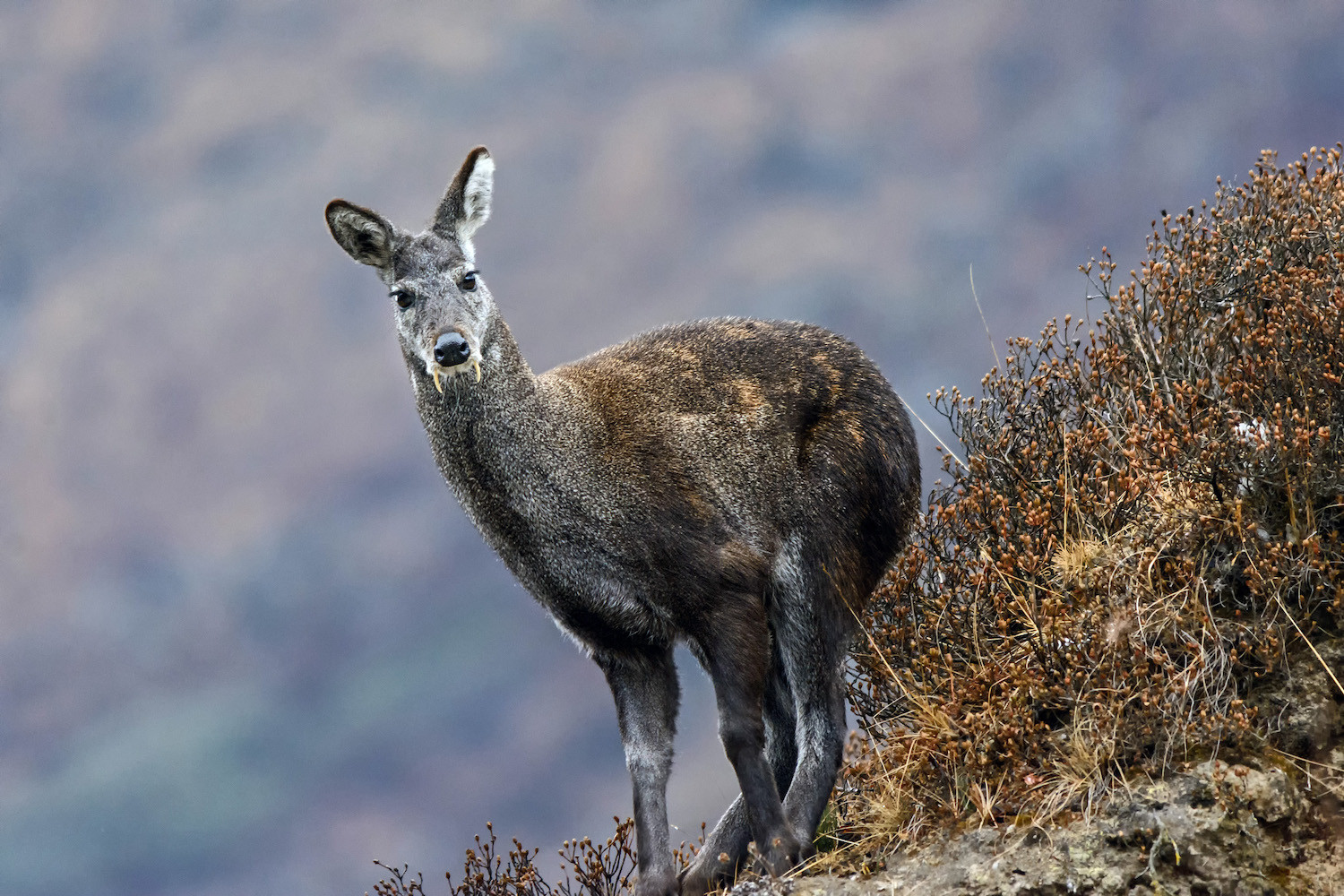Musk Deer Conservation in India
Recent reports highlight the lack of effective conservation efforts for musk deer in India. Classified as endangered by the International Union for Conservation of Nature (IUCN), musk deer face numerous challenges. Despite being protected under the Wildlife (Protection) Act of 1972, there are no active breeding programmes for this species in Indian zoos. The Central Zoo Authority (CZA) has noted a complete absence of captive musk deer, indicating a failure in conservation strategies.
Historical Context of Musk Deer Conservation
Efforts to conserve musk deer began in India in 1965. The primary goals were to establish a healthy captive population for future reintroduction and to harvest musk for medicinal use. Breeding centres were set up in locations like Kufri and Almora. However, these initiatives did not achieve their objectives. By the 1980s, the population was approximately 1,000, but subsequent declines were noted.
Current Status and Challenges
The CZA’s recent report reveals alarming facts. There are no current estimates of the alpine musk deer population in its natural habitat. The report categorises the species as critically endangered. Misidentification of species has complicated conservation efforts. For instance, confusion between the alpine musk deer and the Himalayan musk deer has led to poor management of breeding programmes.
Comparative Analysis with Other Countries
In contrast to India’s struggles, countries like China have successfully implemented breeding programmes for musk deer. They have developed techniques to extract musk without harming the animals. This marks the need for India to adopt more effective conservation strategies.
Genetic Purity and Breeding Issues
The lack of a founder stock for breeding has severely hampered conservation efforts. Genetic purity is compromised due to misidentification and inadequate record-keeping. The CZA report indicates that many breeding plans for various species are either not initiated or poorly executed. This has raised concerns about the long-term viability of captive populations.
Conservation Initiatives for Other Species
While musk deer conservation has faltered, other endangered species like the wild water buffalo and pygmy hog also face challenges. The Chhattisgarh government is establishing a breeding centre for wild water buffalo, but concerns about genetic mixing persist. In Assam, a conservation programme for the pygmy hog has shown some promise, with over a hundred animals reintroduced into the wild since 2008.
Need for Improved Research and Funding
Experts call for increased investment in conservation research. There is a pressing need for genomic studies and better demographic monitoring of endangered species. Current bureaucratic hurdles hinder data collection, which is vital for effective conservation strategies. The establishment of a dedicated laboratory for endangered species conservation in Hyderabad is a step forward, but more resources are needed.
Month: Current Affairs - April, 2025
Category: Environment Current Affairs








